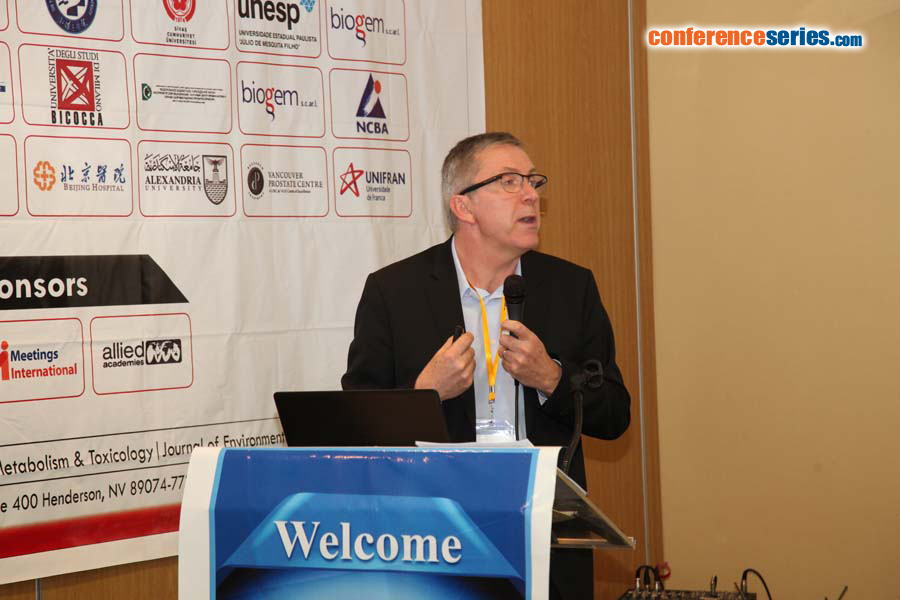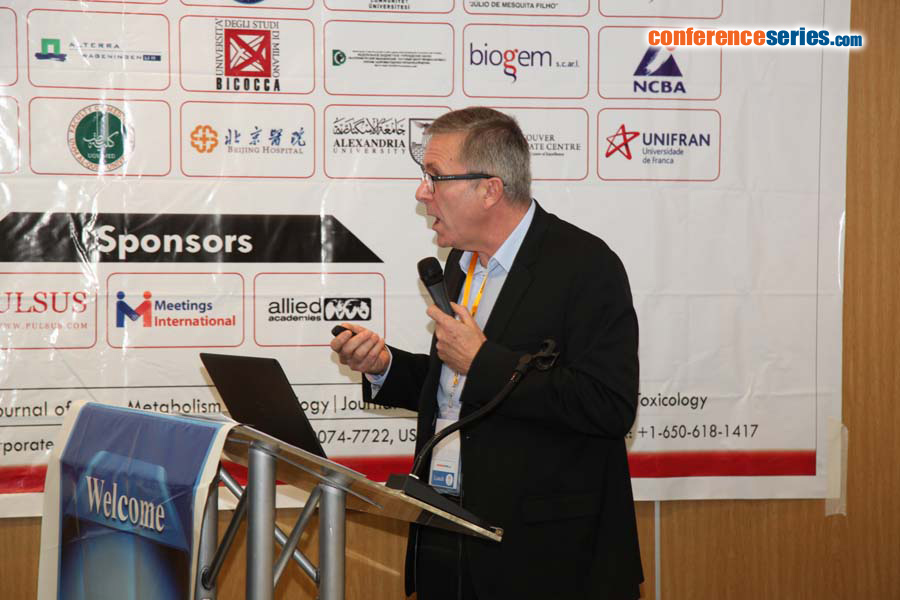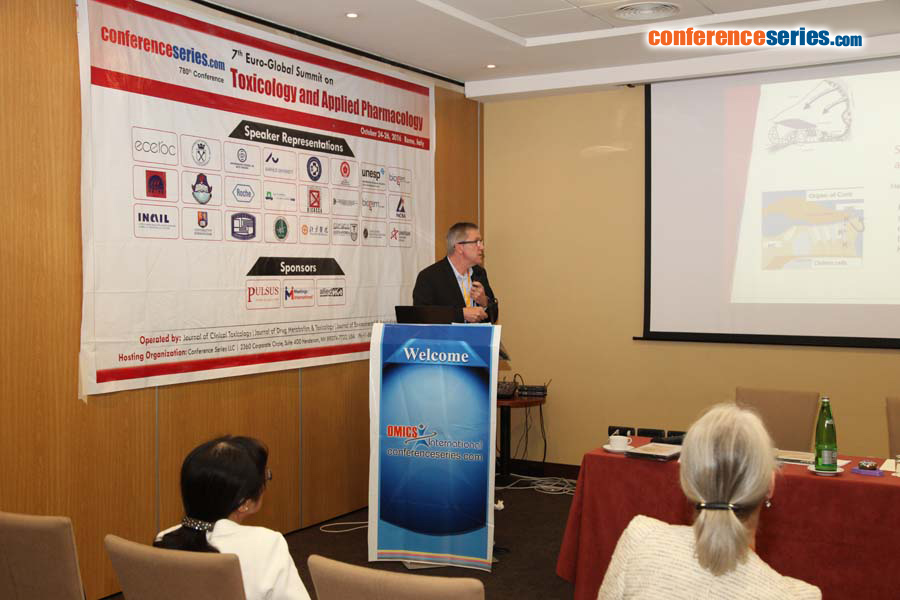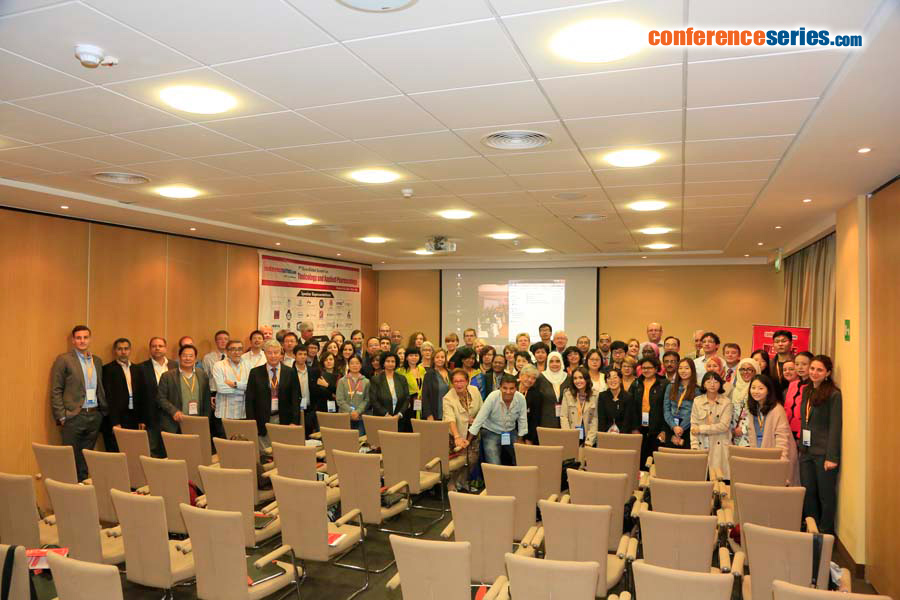Pierre Campo
Institut National de Recherche et de Sécurité, France
Title: Neuropharmacological and cochleotoxic effects of styrene can worsen the noise impact
Biography
Biography: Pierre Campo
Abstract
It is well-known that occupational noise exposure can damage workers’ hearing. It is also well accepted that a combined exposure to noise with cochleotoxic substances such as antibiotics, cisplatin, or chemicals (styrene, toluene and ethylbenzene) can exacerbate the noise eff ects. Although solvent-induced cochlear impairments can be only assessed aft er a long incubation
period, the pharmacological impact of styrene on the central nervous system (CNS) can be rapidly objectifi ed by measuring the threshold of the middle-ear acoustic refl ex (MER) trigger. MER can be precious for preserving the hearing performances of workers. Th e aim of the study was to evaluate the eff ects of a noise (both continuous and impulse) and a low concentration of styrene [300 ppm<(threshold limit value x 10) safety factor] on the peripheral auditory receptor, and on the CNS in rats. The impact of the diff erent conditions on hearing loss was assessed using distortion product oto-acoustic emissions, and
histology studies of cochleae. Although the LEX, 8 h (8-hour time-weighted average exposure) of the impulse noise was lower (80 dB SPL sound pressure level) than that of the continuous noise (85 dB SPL), it appeared more detrimental to the peripheral auditory receptors. If the co-exposure to styrene and continuous noise was less damaging than the exposure to continuous
noise alone, the traumatic eff ects of impulse noise on the organ of corti were enhanced by the co-exposure to styrene. The neuropharmacological eff ects of the solvent explain these surprising results. Actually the CNS eff ects of styrene may account for this apparent paradox. Based on the present results, the temporal structure of the noise should be reintroduced as a key
parameter in hearing conservation regulations.





